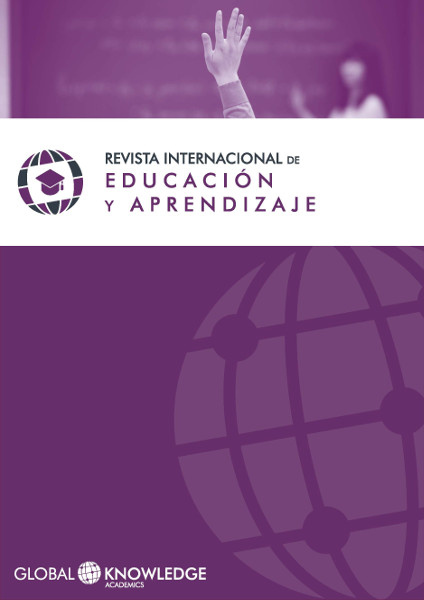Construction of "Good Life" of High School Students from the Interaction with Members of their Personal Networks
DOI:
https://doi.org/10.37467/gka-revedu.v3.591Keywords:
Young People, Students, “Good Life”, Personal NetworkAbstract
This paper studies the construction of the notion of "good life" of young students of a high school as a result of the exchange of material and symbolic resources to members of their personal networks. In this research, the actors and their actions are treated as interdependent, so the relational ties between actors influence how young people construct their notion of good life and plan their future. The proposed study is based on the concept of personal networks in which the network is considered from the point of view of the subject, in this of young high school students who lived in a marginal urban area of Merida, Yucatan, Mexico. Since the study subjects are young with few opportunities and situations of social inequality we must know in which social structures they interact.
Downloads
Global Statistics ℹ️
|
413
Views
|
203
Downloads
|
|
616
Total
|
|
References
Boff L. (2009). ¿Vivir mejor o el Buen Vivir? Publicado en Otro Desarrollo – espacio de intercambio para ir más allá del desarrollo. www.otrodesarrollo.com. Biblioteca de documentos: Centro Latino Americano de Ecología Social.
Esteva, G. (2000). Desarrollo. En A. Viola (compilador), Antropología del desarrollo. Teorías y estudios etnográficos en América Latina (pp. 67-101). Barcelona, España: Paidós.
Galeano, M. (2009). Estrategias de Investigación Social Cualitativa. El giro de la mirada. Medellín, Colombia: La Carreta editores.
Guber, R. (2011). La etnografía. Método, campo y reflexividad. Buenos Aires, Argentina: Siglo XXI editores.
Krotz, E. (2003). El multiverso cultural como laboratorio de vida feliz. Alteridades, 13 (25), pp. 35-44.
Lomnitz, L. (1991). Cómo sobreviven los marginados. México: Colección siglo XX.
Mascareño, C. (2000) Redes Sociales Territorializadas. Nuevos Espacios para la Política Social Alusión al Caso Venezolano. http/www.clad.org.ve/anale6/mascared.html.
Pérez Medina, S. (2010). Segregación, recreación y calidad de vida en Mérida. México: UNAM/ Coordinación de Humanidades/ Programa Universitario de Estudios Sobre la Ciudad/ Programa de Maestría y Doctorado en Urbanismo.
Reguillo, R. (2000). Emergencia de culturas juveniles. Estrategias del desencanto. Colombia: Norma
Saraví, G. (2007). Transiciones vulnerables. Juventud, desigualdad y exclusión en México. México: CIESAS.
Saucedo Ramos, C. (2007). La importancia de la escuela en las experiencias de vida de los estudiantes: su valoración retrospectiva a través de relatos de vida. En C. Guzmán Gómez y C. Saucedo Ramos (coords), La voz de los estudiantes. Experiencias en torno a la escuela. México: Ediciones Pomares, CRIM, UNAM.
Universidad Autónoma de Yucatán. (2012). http://www.unidadacademica.uady.mx/. Recuperado abril de 2012.
Urteaga, M. (2011). La construcción juvenil de la realidad. Jóvenes mexicanos contemporáneos. México: Universidad Autónoma Metropolitana/ Juan Pablos.
Downloads
Published
How to Cite
Issue
Section
License
Those authors who publish in this journal accept the following terms:
-
Authors retain copyright.
-
Authors transfer to the journal the right of first publication. The journal also owns the publishing rights.
-
All published contents are governed by an Attribution-NoDerivatives 4.0 International License.
Access the informative version and legal text of the license. By virtue of this, third parties are allowed to use what is published as long as they mention the authorship of the work and the first publication in this journal. If you transform the material, you may not distribute the modified work. -
Authors may make other independent and additional contractual arrangements for non-exclusive distribution of the version of the article published in this journal (e.g., inclusion in an institutional repository or publication in a book) as long as they clearly indicate that the work was first published in this journal.
- Authors are allowed and recommended to publish their work on the Internet (for example on institutional and personal websites), following the publication of, and referencing the journal, as this could lead to constructive exchanges and a more extensive and quick circulation of published works (see The Effect of Open Access).













